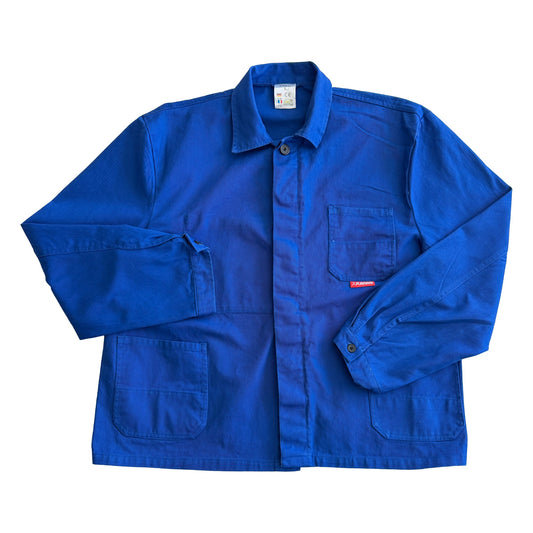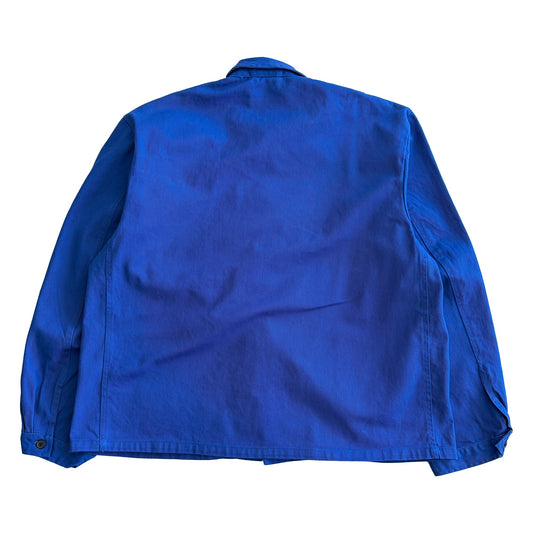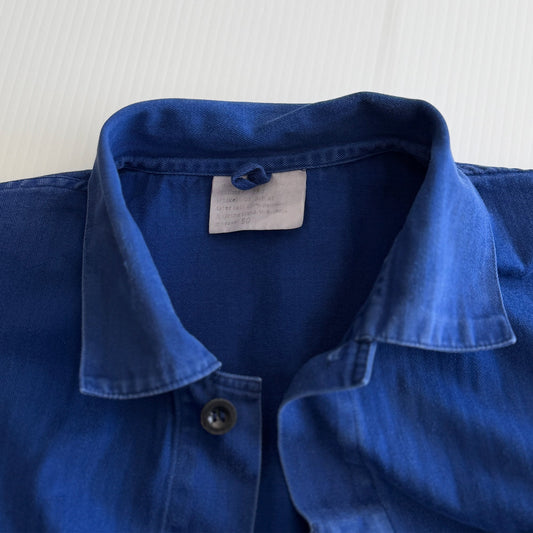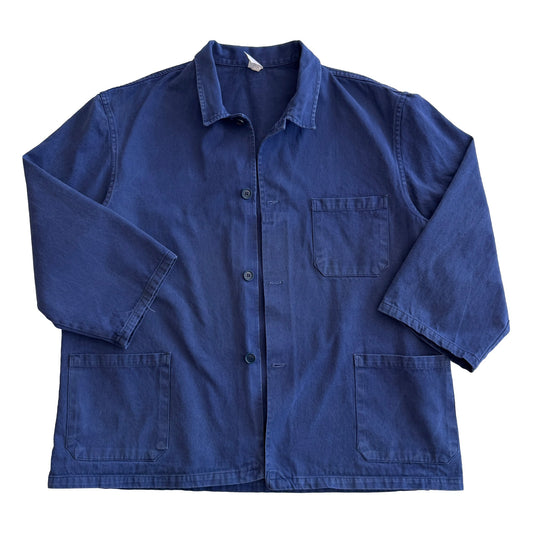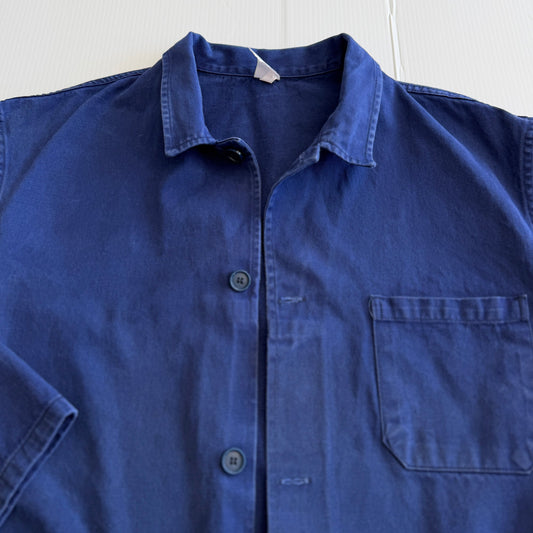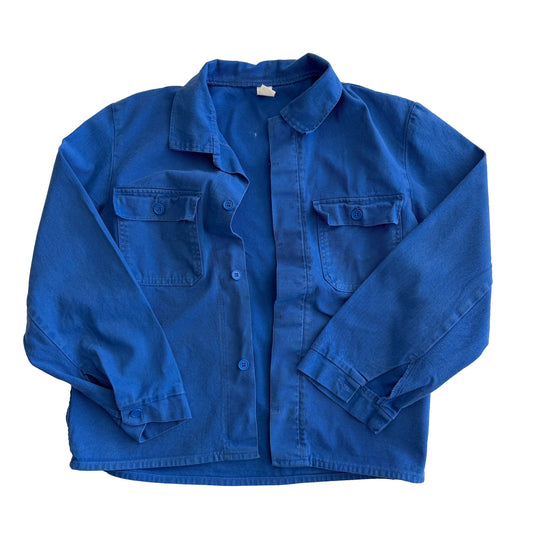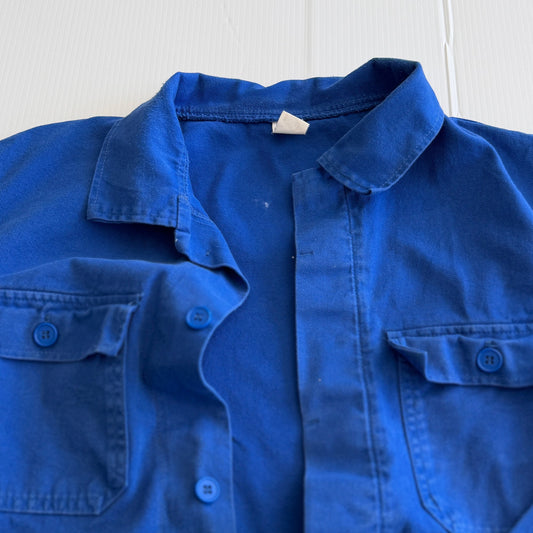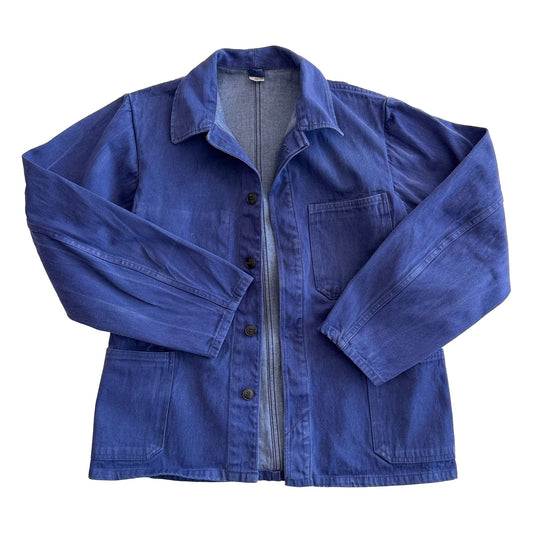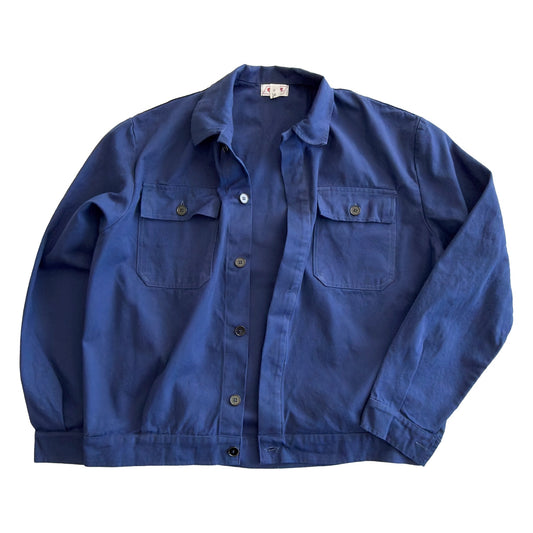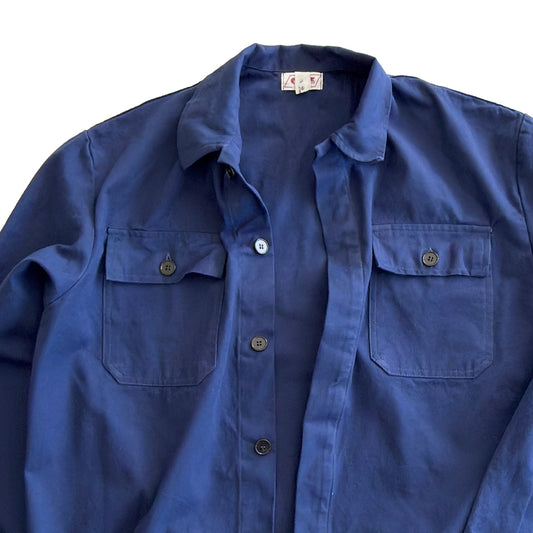From Utility to Icon: The Origin and Affection for French Workwear
In the realm of timeless fashion, few garments boast the versatility and storied past of the French chore coat. Originally designed for laborers in the late 19th century, these jackets have transcended their utilitarian roots to become coveted pieces in modern wardrobes.
The Birth of French Workwear
French workwear, or bleu de travail (“blue of work”), traces its origins back to the late 1800s, during a period of rapid industrialization across France. As railroads expanded and factories multiplied, there arose a need for functional, durable, and affordable garments for laborers across industries. The French chore coat, also known as a vêste de travail, was born to meet that need.
Typically constructed from hard-wearing cotton drill or moleskin, the chore coat featured large patch pockets, a straight cut, and sturdy buttons. Its practicality and rugged build made it ideal for fieldwork, construction, and mechanical labor.
The Origin of the Signature Blue
The rich, deep blue associated with vintage French workwear was not a stylistic flourish, but a practical decision rooted in economy and durability. The dye used—French worker’s blue, or bleu bugatti—was made from a pigment called methylene blue, a synthetic dye that became widely available in the 19th century. It was inexpensive, colorfast, and concealed grime better than lighter shades, making it the perfect choice for daily wear in dusty workshops and greasy factory floors.
Over time, exposure to sunlight, soap, and sweat would cause the indigo fabric to fade into a distinctive patina—unique to each wearer and sought after by collectors today.
The Chore Coat Hierarchy: Black for the Masters
While the blue chore coat was worn by general laborers, a lesser-known but historically significant variation was the black chore coat, often worn by maîtres ouvriers—master tradesmen, supervisors, and foremen. These individuals held a higher rank within the industrial or artisanal hierarchy and wore black as a visual indicator of authority and expertise.
The black versions were frequently made from thicker moleskin fabric or wool blends and offered a sleeker silhouette. In many trades, black clothing also symbolized cleanliness and control, distinguishing skilled professionals from manual laborers.
Today, vintage black chore coats are far rarer than their blue counterparts. Fewer were produced to begin with, and even fewer survived in good condition. Their scarcity and elevated historical status make them highly sought after by collectors, fashion historians, and vintage enthusiasts alike.
The Chore Coat Revival
Fast forward to the 21st century, and the French chore coat has made an impressive comeback. Once associated solely with the working class, it has been reinterpreted by designers, stylists, and vintage lovers worldwide. Its simple lines, functional elegance, and rich backstory make it a go-to layering piece from Tokyo to Brooklyn.
Part of the appeal lies in its authenticity. Each vintage coat carries its own story—etched into worn seams, faded dye, and weathered buttons. In a world of disposable fashion, the chore coat stands out as a garment made to last.
A Symbol of Sustainable Style
The rise of slow fashion has only amplified the appeal of French workwear. Vintage chore coats are not just stylish—they’re sustainable. By choosing well-made garments from the past, modern consumers reject fast fashion in favor of pieces that honor craftsmanship and durability.
Many heritage and contemporary brands now offer modern takes on the chore coat, but for those who seek the real thing, the vintage market remains the gold standard. And for the true connoisseur, finding a genuine black moleskin coat in good condition is like discovering a hidden gem.
Final Stitch
From the factory floors of 19th-century France to the runways and streets of today, the French chore coat remains a symbol of practical beauty. Whether rendered in faded indigo or rare black moleskin, it tells a story of labor, skill, and quiet dignity. Its appeal isn’t just about nostalgia—it’s about the enduring value of clothing with purpose, history, and soul.







